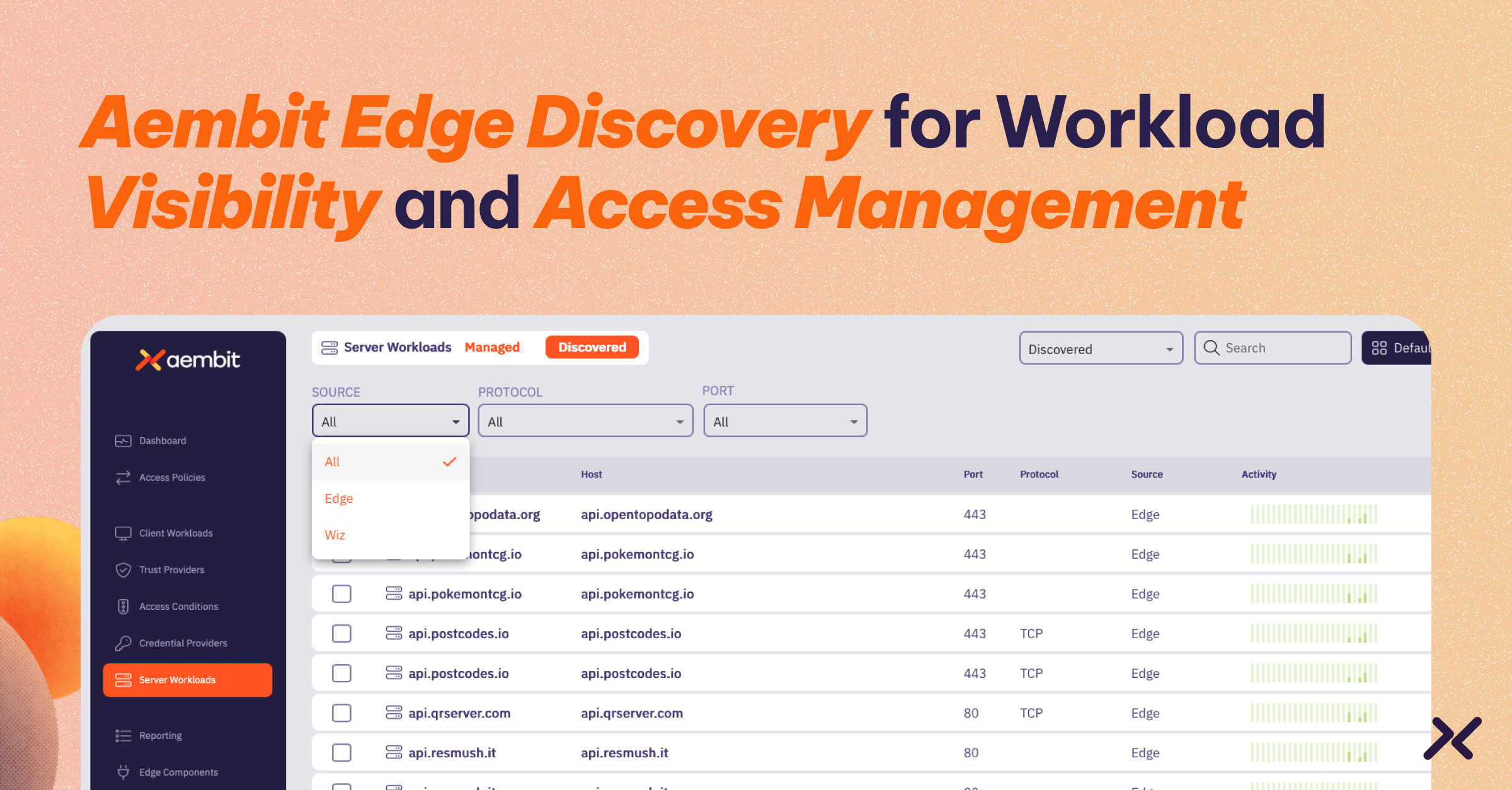Typically when we think of debt, it’s in the context of money. Credit cards, student loans, car payments, mortgages … a friend who lent you a sawbuck so you could avoid a trip to the ATM. Excessive debt can feel suffocating, destining one to a future of seemingly never-ending repayment schedules.
Now let’s apply the concept of “debt” to an organization. Technical debt (although some prefer different phrasing and some, like one of our engineers, thinks the term is overstated) generally refers to the cumulative consequences of taking shortcuts in software development. Like financial debt, it can be equally burdensome, hampering efficiency, stifling innovation, and accruing costly consequences to an organization over time.
The pandemic and subsequent push to operate efficiently in a new reality resulted in the rapid accumulation of technical debt within many enterprises. The pandemic ignited a massive shift toward remote work, requiring businesses to rapidly scale their IT infrastructure to support a newly dispersed workforce. Admirably, many moved to quickly adopt cloud-based applications and services to support distributed end-users and leverage modern DevOps tools like Kubernetes to support cloud-native and microservices architecture deployments with fluidity, scalability and reliability – both good things.
But in the mad scramble to adapt, organizations often overlooked best practices in software development, leading to a proliferation of suboptimal code, poorly integrated systems, forgotten APIs, and other shadow IT. Equally critical, meanwhile, was the remaining drag of legacy workloads, with their monolithic architectures and manual workflows, which not only compound technical debt but also create their own vulnerabilities.
Not surprisingly, technical debt is now cited among IT executives as a top 3 blocker to achieving digital transformation success.
From a security perspective, this period also has seen a marked increase in debt related to non-human identities – some estimates place the ratio of digital identity to human identity in the neighborhood of 45:1. Keeping with the debt analogy, this is akin to accruing interest on the rapidly expanded deployment of new cloud workloads.
Today’s applications are highly distributed and rely on many different service accounts to source data and delegate operations. Every new workload connection has increased the risk of security breaches – a security lapse in one resource can have cascading effects by compromising the integrity of interconnected systems – and compounded the operational burden of managing secure workload connections across various cloud environments.
For the teams involved in ensuring that workload-to-workload access is secure, compliant, and manageable (Dev, DevOps and security), here is practical advice to help you dig out of debt, grow efficiency, and stymie a growing attack surface.
Tips for Reducing Workload Identity-Induced Technical Debt
For Dev and DevOps: Empower Teams and Clear the Path for Innovation
Within the tech sector, particularly among engineers, churn is a problem. It’s a contributor to – and byproduct of – technical debt, and we’ve seen that increase since the pandemic. Assigning tedious and unsustainable tasks to development and DevOps teams can significantly impact their morale, especially in fast-paced environments where frequent updates to codebases, integration of new features, and scaling resources and services up or down are common.
Within developer circles, the grind of constantly coding authentication functionality for workload-to-workload connections can be particularly draining. Each hour spent on these repetitive and intricate tasks is an hour not spent on creating value through new features and innovations. This can not only dampen morale but also slow down the pace of technological advancement in an organization.
Meanwhile, DevOps teams often face the challenge of dealing with outdated and incomplete workload spreadsheets, a common practice in many older companies. This inefficiency hampers their ability to have a clear, up-to-date overview of workloads, particularly when these span multiple clouds and environments. Another prevalent issue is the management of numerous environment variables, files, and secrets, which involve sensitive data. Keeping track of these elements and ensuring their security adds a significant layer of complexity to their operations.
Here are some best practices both dev and DevOps teams can follow:
- Conduct Regular Training and Education: Keep developers updated on the latest authentication technologies and best practices. This includes understanding OAuth 2.0, PKCE, X509 certificate signing, JWT, and other relevant technologies.
- Leverage Authentication Frameworks and Libraries: Instead of coding auth from scratch, use established, community-vetted frameworks and libraries that offer standard, secure, and tested authentication solutions. Libraries like OAuthLib for Python, Devise for Ruby, and Passport.js for Node.js are more likely to be up to date with security standards and less prone to common implementation errors.
- Embrace Automation in Security Practices: Automate as much of the security implementation as possible. Utilize tools that automatically handle tasks like credential rotation, session management, and access control, reducing the manual workload on developers.
- Offload Auth Responsibility to a Specialist: To efficiently manage workload-to-workload access, utilizing API gateways can significantly reduce the complexity and amount of authorization code developers need to write. While developers are still responsible for implementing authentication and ensuring that their services integrate well with the gateway’s authentication mechanisms, API gateways like Amazon API Gateway or Kong centralize authentication controls, handling OAuth 2.0, JWT validation, and more. This approach provides a consistent and secure access management layer, contributing to a more efficient development cycle, similar to how Customer Identity and Access Management (CIAM) solutions streamline the management of customer identities in customer-facing applications.
- Encourage Collaboration Between Security and Development Teams: Foster a reciprocal culture between security and development teams by implementing cross-functional training sessions and regular joint meetings. This “DevSecOps” approach ensures that security is an integral part of the development lifecycle from the outset. Encourage the use of shared tools and platforms that facilitate visibility and communication across teams. For example, integrate security tools directly into the development pipeline, enabling real-time feedback and shared responsibility for security concerns. From a people perspective, consider introducing a role-focused initiative within your teams to champion security practices, cultivating a culture where security is everyone’s responsibility.
For Security: Recognize the Identity Risks Posed by Workload-to-Workload Communications
Credentials have long been the go-to method to facilitate access among workloads. These secrets, however, are frequently hard-coded into applications, shared by email, stored in spreadsheets, and scattered across hybrid and multicloud environments (never mind they have perpetuated a flawed assumption that possession of a secret equates to permission for access).
To overcome these challenges and more, you should:
- Catalog and Audit Workload Credentials: Conduct a thorough inventory of all workload credentials, like tokens and keys, currently in use. This step helps in understanding the scope of credential sprawl and identifying areas of high risk.
- Develop Policies: Create and implement robust security policies that define how credentials should be managed, including guidelines for their creation, storage, rotation, and deletion.
- Implement Least Privilege on Existing Systems: Begin enforcing the principle of least privilege on existing systems. This involves reviewing and restricting existing permissions to the minimum necessary for each role or application.
- Run Regular Audits and Compliance Checks: Periodically audit your systems and processes to ensure compliance with your security policies.
- Automate Credential Rotation: This can be done via scripting, a smaller-scale automation tool, or a full-scale secrets manager.
- Add Monitoring and Alerting: Implement comprehensive monitoring and alerting systems to track credential usage and access, helping uncover unauthorized access attempts, unusual activities, and potential breaches involving secrets.
- Train Employees: Develop a continuous education and awareness program for teams who handle workload credentials. This initiative is key in mitigating risks associated with human error, one of the most common causes of security incidents.
Move Toward A Unified Solution: Workload IAM
Ultimately, to best counter the risk of workload identity-related DevOps inefficiencies, developer burden, and security threats like leaky secrets, enterprises should shift toward a singular Workload IAM platform through which access rights are granted and centrally managed based on the identity of the requesting entity. (Some can even offer enterprises the ability to manage access based on the real-time security posture of their applications and services.)
In the process, the technology automates the implementation of authentication functionality within applications, freeing up developers to concentrate on developing and enhancing features – and closing additional tech debt within their purview.
Using the tips and solutions advice above, you may not be able to bring your tech debt balance down to zero, but you’ll be able to keep your head well above water. Now go pay back that friend!
Debt is no fun, no matter what form it takes. For more information on how Aembit can help, visit aembit.io.
The Workload IAM Company
Manage Access, Not Secrets
Boost Productivity, Slash DevSecOps Time
No-Code, Centralized Access Management



